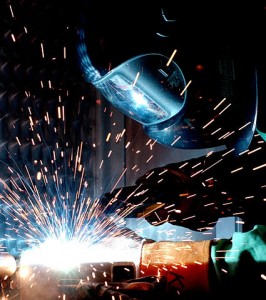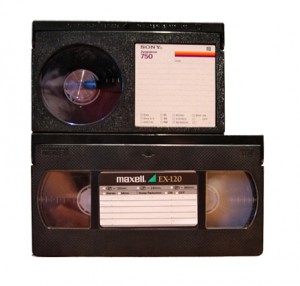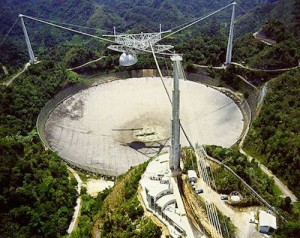Everyone knows what bridge grating looks like. It’s seemingly part of everything—from stairs to ladders to ramps to fire escapes to flooring. You know this: the stuff that comes in four-foot by eight-foot panels.
Grating is easy to clean (it doesn't get dirty, really), allows light to permeate a space easily, makes a fantastic drain cover, and weighs relatively little for its strength. It's a pretty basic and essential part of construction.

What most people don't consider, though, is its composition. Not all gratings are made of the usual, default-mode steel. Like all matters involving construction, there are very specific trade-offs that need to be made in choosing your material.
Yes, steel gratings are easily the most common: strong, not too heavy, and not too expensive. There's a lot to be said for sticking to the old classics. You know what you're dealing with.
Aluminum is the next most-common material and is usually present in structures that need to minimize weight. These gratings tend to show up in ships and, on occasion, airplanes.
One of the less common materials for grating is fiberglass. (Actually, fiberglass is reinforced plastic, but let’s not get too picky.) Made through a pultrusion process, fiberglass-reinforced plastic grating (or FRP grating) is non-corrodible, unlike steel or aluminum gratings.
 This makes the fiberglass type ideal for environments filled with corrosive chemicals or gases; chemical plants are one obvious setting for them, depending on the plant. Another is geothermal generating stations, which tend to have sulfur and other chemical deposits accumulating on everything.
This makes the fiberglass type ideal for environments filled with corrosive chemicals or gases; chemical plants are one obvious setting for them, depending on the plant. Another is geothermal generating stations, which tend to have sulfur and other chemical deposits accumulating on everything.
Material isn't everything, either. You need to choose the joints in the grating with care. Welded joints, the most popular, provide both strength and lightness and are good enough for most projects.
Also to consider: the size of the gaps in the grating. If your inventory features lots of small objects, it might make sense to use a heavier grate with much closer meshing. Tends to keep things from falling through.
(I need to invent a personal, portable grating system that I can use whenever I take my house keys and car keys somewhere. Maggie, of course, would just hand me the colander she uses to drain pasta.)
 India, however, has an architectural philosophy called
India, however, has an architectural philosophy called  Maggie had me cleaning out the attic the other day, and I found a cardboard box filled with old
Maggie had me cleaning out the attic the other day, and I found a cardboard box filled with old  What makes it even more confusing is that many of the factors aren't even consistent. Infrequent usage can sometimes cause the tapes to fail, and frequent use can do the same thing.
What makes it even more confusing is that many of the factors aren't even consistent. Infrequent usage can sometimes cause the tapes to fail, and frequent use can do the same thing. Numerous discoveries have been made from there, ranging from new knowledge about the planets in our own solar systems to the discovery of pulsars, the first planets outside our solar system and examinations of distant galaxies. Basically, I’m trying to say that it’s a really big deal.
Numerous discoveries have been made from there, ranging from new knowledge about the planets in our own solar systems to the discovery of pulsars, the first planets outside our solar system and examinations of distant galaxies. Basically, I’m trying to say that it’s a really big deal.
